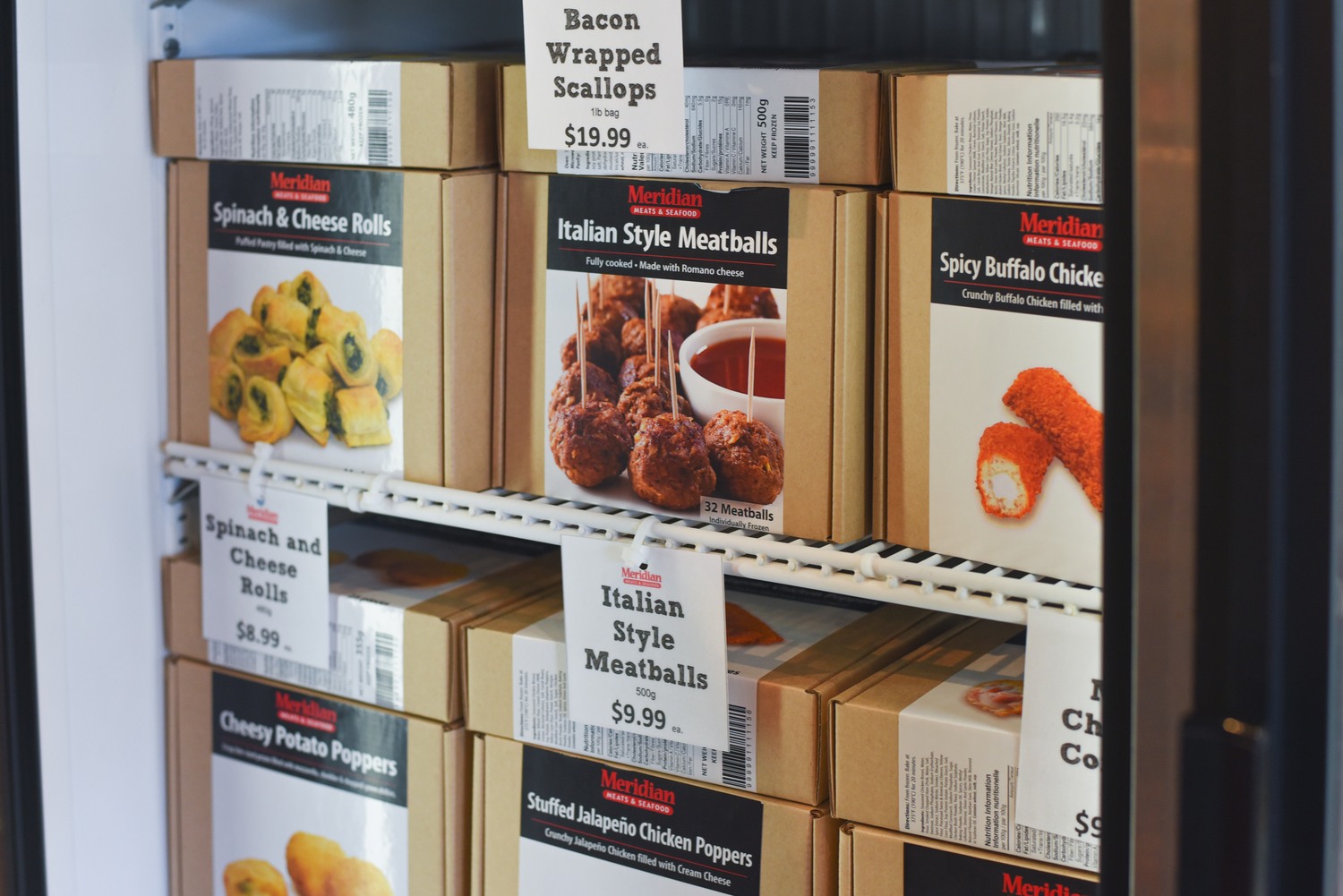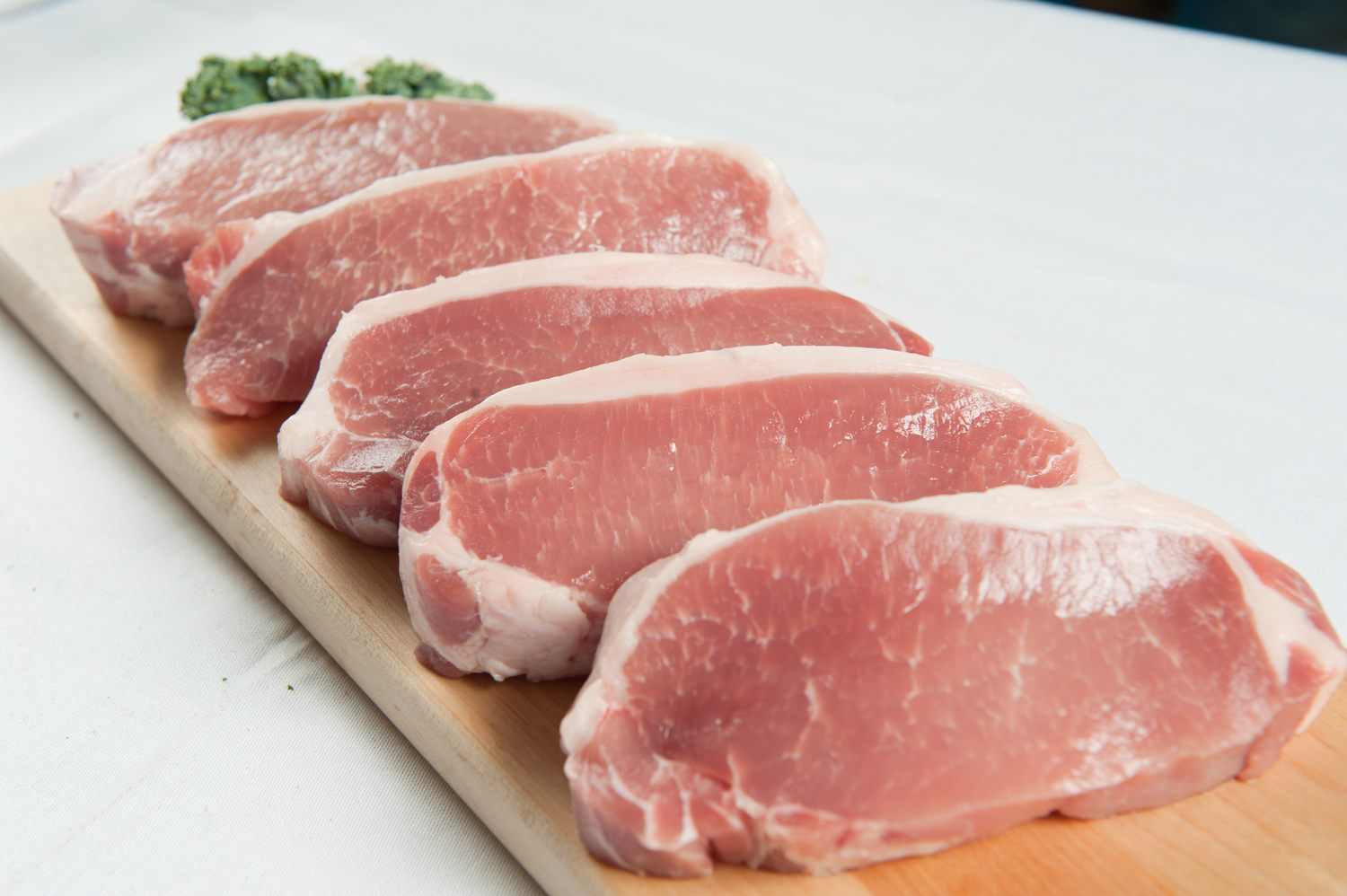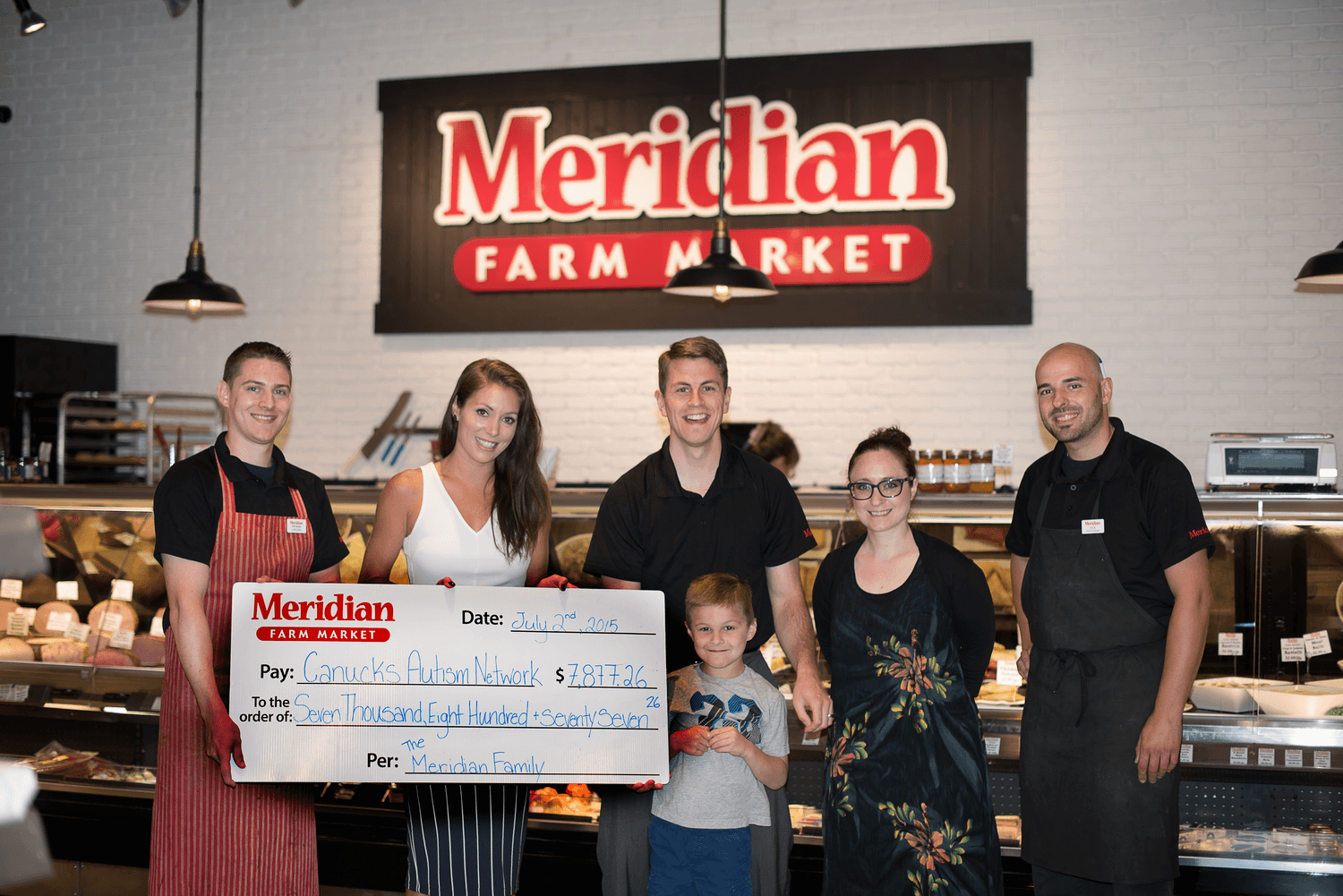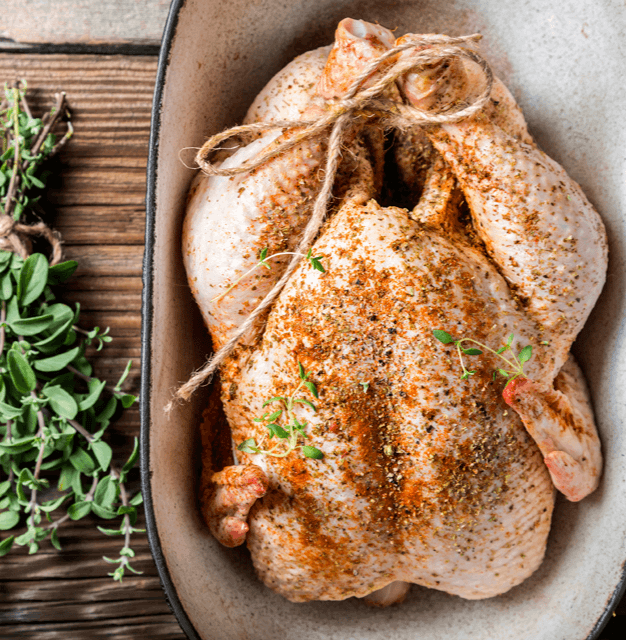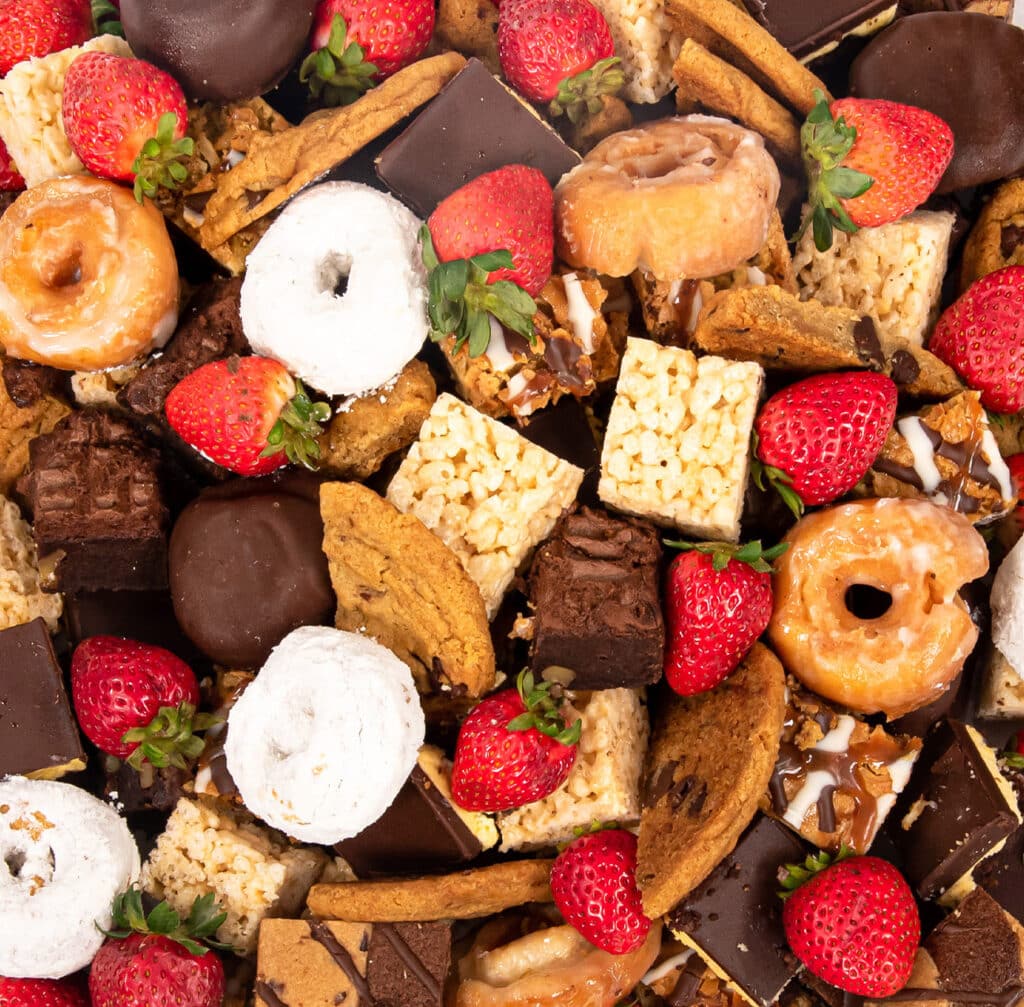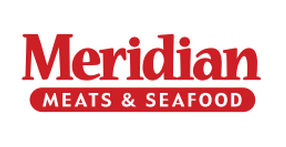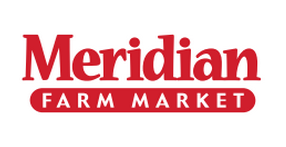There’s a BIG difference when it comes to Grass-Fed and Grass Finished Beef.
We’ve heard the question asked time and time again when we talk about our 100% Grass-Fed Beef:
“Don’t all cows eat grass?” We’ll give you a comprehensive answer.
Grass-Fed beef is expected to come from cattle that eat grass (and other green forage) while grazing in open pastures for their entire life. This seems straight forward, but there can be some confusing messages out there that seem to lack transparency.
The fine print – Grain-fed beef
Confusion starts with use of advertised claims such as “grass-fed, grain finished beef” which can trick a person into thinking the meat they are eating is something it is not. In a nut shell, “grass-fed, grain finished” is conventionally raised beef, the same meat at your local super markets.
Currently, +98% of beef consumed in Canada is grain-fed (typically corn or barley); however, every cow starts out the same way. It’s raised the first 6 months on its mother’s milk and continues for about a year, just grazing on grass. It will also feed on hay, silage, or other forage as it is impossible to grow cattle on fresh grass year round in our country’s climate.
Following that, the majority of beef cattle are transferred to feedlots where they are fattened up on grains for the last 60 – 200 days, where the focus is on efficient growth and weight gain.
Some beef cattle are permitted to continue to graze and feed on grass for the rest of its days. This is what people think of when they seek out beef that is truly grass-fed AND grass finished, such as our Meridian 100% Grass-Fed Beef.
If you hear or read the term, “grass-fed, grain finished beef”, it is your typical, conventionally raised beef from cattle that were taken to a feedlot.
Why aren’t all cattle grass-fed and grass-finished?
Grain finishing is a more efficient system when it comes to raising beef cattle in North America. The cost is lower, and grain adds weight much faster than grass-feeding. This allows farmers to get their animals to market much faster. It also gives the beef a type of fat marbling that North Americans have grown accustomed to.
Feedlots and grain finishing
In recent years, there has been some dietary discussion about beef being unhealthy to eat. The reality of what makes beef potentially unhealthy has a lot to do with the artificial fattening of cows. Not only do grain finished cattle eat food that has not been a traditional part of their diet, but feedlot cows also have more antibiotics and added growth hormones than those that grazed on grass and forage for their entire lives.
Studies have discovered that grain-fed (or grain finished) beef does not have the same nutritional profile as grass-fed beef. Studies show that cattle fed grain lack as many good omega-3 fatty acids and CLA (conjugated linoleic acid) as grass-fed beef. Both of these essential fatty acids have some excellent health benefits.
Despite the benefits, our beef-producing system is structured in a way where grass-feeding isn’t operationally sustainable or financially rewarding enough of an option for cattle ranchers and beef producers. With resources limited, they must focus on making their cattle operations as efficient as possible.
Grass-fed Beef – it’s not all equal
We’ve established the difference between grass-fed, grass finished beef (or just grass-fed beef) and grass-fed, grain finished beef (or just grain finished, conventional beef). However it should be made clear that not all grass-fed beef is necessarily equal. There can be plenty of differences.
Unfortunately, depending on what and where a person buys their grass-fed beef, it’s possible that the consumer could be disappointed. For instance, dairy cows are typically grass-fed and finished, but the beef from dairy cows leaves much to be desired in terms of flavour and tenderness. Also, the type of grass, soils and climate conditions all can play a part in the resulting meat quality that comes from grass-fed beef cattle.
We have heard people say things like ‘grass-fed beef is tough’ or ‘it tastes like shoe leather’. This pains our soul at Meridian where we believe we sell some of the tastiest, most consistently tender grass-fed beef on the planet!
When it comes to our products, we promise transparency with no confusion and quality without surprises. Our Meridian 100% Grass-Fed Beef is in the upper echelon of grass-fed beef – please try it and know for yourself!

